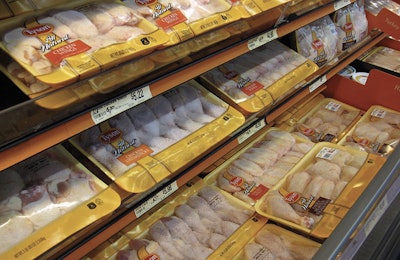
Pandemic-driven changes in consumer behavior have created new opportunities for premiumization, as well as a greater need for affordability.
“Sales of fresh is up and continues to be up,” Jonna Parker, Principal, Fresh Center of Excellence, IRI, said. “A lot of that is because there’s some excellent affordable options in fresh, but frankly, there’s a lot of premiumization going on and that has tremendous opportunity.”
Parker joined Sally Lyons Wyatt, Executive Vice President and Practice Leader, Client Insights, IRI, during Top Trends in Fresh: Balancing Affordability and Premiumization, where they explored ways to find the right balance between affordable and premium options in fresh to optimize sales, customer satisfaction and profitability..
Premium is more than just price
Premiumization as a trend surprised some analysts.
“The fact is that they’re battling the ability to afford items that they’re trying to get to feed their families. They might be making decisions that seem counterintuitive, but at the same time, it’s the value of those decisions that consumers are gravitating toward,” she explained.
Consumers will purchase more expensive items if they provide value. In this case, value can be defined in several ways – a larger size to feed a family, as a reward, when they trust a brand or when they perceive the cost to be cheaper than alternative found in store or in foodservice.
“Consumers have figured out that they can have as good, or even better meals, at home than out at a restaurant,” Wyatt added.
Affordability matters
Lower income households ‘have really leaned in and they are now making up 23.1% of fresh business and growing,” said Wyatt.
An end to government assistance – including stimulus payments and child tax credits – could challenge this growth. Twenty-six percent of shoppers recently indicated to IRI that they planned to use government assistance money for groceries.
“To really keep their fresh basket as economical as possible, we need to make sure that they’re addressing their needs,” Wyatt noted.
These consumers prioritize value, but still want to find ways to celebrate premium occasions.
Like what you just read? Sign up now for free to receive the Poultry Future Newsletter



















